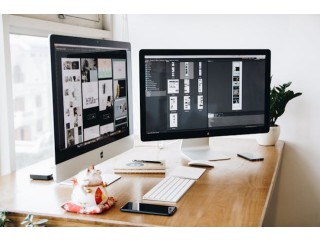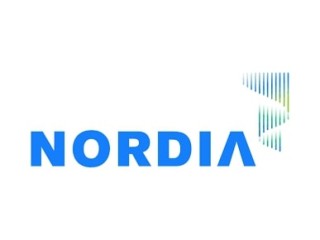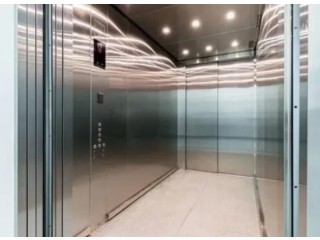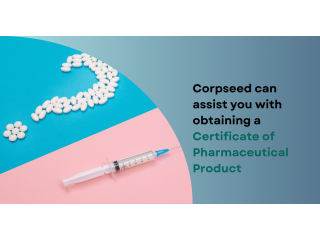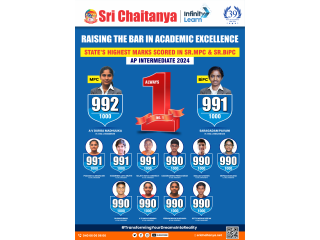REGULATION OF MEDICAL DEVICES Professional
2 years ago - Services - Hyderabad - 25 viewsIndia imports 80-90% of medical devices of the $15 billion market, the vast majority of which are unregulated for quality and safety. While many of these products may have regulatory certifications in other countries, the reality is that a considerable number of them are being exported from countries that do not regulate their exports.Currently, the medical devices market in India is over $15 billion (Rs 105, 000 crore) and projected to grow to $50 billion by 2025. It is the fourth- largest market in Asia. Thirty years have gone by since the 1st medical device was regulated as a drug in 1989. A comprehensive regulatory framework is nearly in sight with the Draft Medical Devices (Safety, Effectiveness & Innovation) Bill from NITI Aayog to be shortly proposed as a separate law.Our policymakers in Health Ministry were surprisingly undecided and seemed to be in no urgency to usher in a ‘Patient Safety Medical Devices Law’ to protect patients, even after the recent ICIJ implant files or J&J incident, or the most recent ban on Trans-vaginal Pelvic Mesh by USFDA.As the Ministry of Health & Family Welfare (MoH&FW) had been surprisingly very reluctant to draft a separate law preferring to attempt to amend the Drugs Act, and CDSCO has a conflict of interest to empower itself, the industry watchers are waiting with anxiety the details of the Draft Medical Devices Bill that Niti Aayog is reportedly working upon in consultation with other stakeholders, departments and ministries to address the regulatory vacuum & the national patient safety concerns. It’s imperative to have a separate law as devices are engineering items and not medicines — a MRI or CT Scan machine by no stretch of the imagination can be called a drug, and, so, continued attempts to regulate devices as drugs is illogical and incorrect unless assured that it is a temporary measure.A beginning was made to correct the anomalous situation with the introduction of the Medical Device Rules in 2018. These rules have risk proportionate controls correlating to the risk classification of devices. Similarly, the law and penal provisions need to be risk- proportional as you can’t have the same penalty for a manufacturing failure of a pair of spectacles as for a contact lens or for an intra-ocular lens.Patient safety is more complex with devices where the same are a shared responsibility of the manufacturer, medical practitioners, product user and the regulator. The Drugs Act itself needs reforms as it does not uniformly and equitably regulate quality from state-to-state in the absence of a national singular regulatory authority and there is no point of replicating this limitation for devices too. Policymakers while beginning to view devices and drugs differently, need to ensure these are of high quality and safe. They must consider regulating devices under the ministry of health as done for food. Food is not regulated under the Drugs Act or under DCGI, or the CDSCO, but has a FSSAI with a Secretary level chairman and CEO.A strong and fair regulatory environment will help the Make in India campaign by encouraging the growth of this industry. Right from trade margin rationalization to ensuring a separate set of legislations and regulatory frameworks to govern the medical device sector and everything in between needs to be looked at afresh to galvanize domestic manufacturing.If we are serious about placing India as a top global medical devices manufacturing hub, then one understand that piecemeal reforms will not work and continuing to attempt to regulate Devices as Drugs under Drugs Act without an assurance of migrating to a separate legislation will do more harm than good to Make in India campaign.



